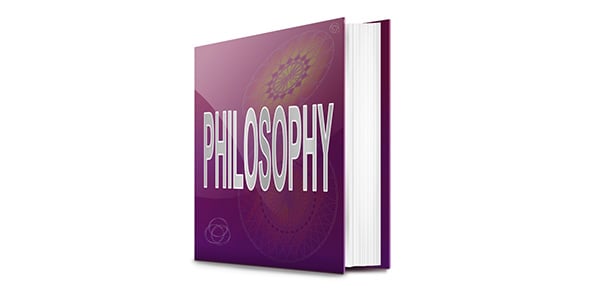Check In Quiz (Argument And Reading)
- CCSS.ELA-LITERACY.CCRA.R.1
- CCSS.ELA-LITERACY.CCRA.R.8
2.
You may optionally provide this to label your report, leaderboard, or certificate.
×
Thank you for your feedback!
















